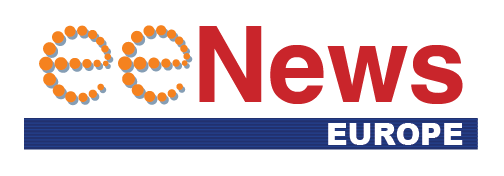
Keysight launches optical automotive Ethernet test platform
 Cette publication existe aussi en Français
Cette publication existe aussi en Français
Keysight has introduced a transmitter compliance platform for optical automotive Ethernet, targeting nGBASE-AU PHYs under IEEE 802.3cz. The AE6980T solution builds on FlexDCA and is positioned to validate multi-gigabit optical links used in zonal and software-defined vehicle networks, where optical automotive Ethernet is gaining traction.
For eeNews Europe readers, this is relevant because Keysight unveiled the system at IEEE’s Ethernet & IP @ Automotive Technology Day in Toulouse, France, and because European carmakers and Tier-1s are actively evaluating IEEE 802.3cz for EMI-robust, high-bandwidth in-vehicle backbones.
What the platform covers
The AE6980T nGBASE-AU transmitter test solution focuses on transmitter signal quality and automated compliance. It integrates a Transmitter Distortion Figure of Merit (TDFOM) workflow within FlexDCA to enable eye-quality and margin evaluations, potentially shortening debug and correlation cycles for labs and test houses. Supported setups include Keysight’s DCA-M N1092A/N1092C with clock recovery via N1077B.
According to Keysight’s materials, the release aligns with IEEE 802.3cz and Open Alliance TC7 test-house specifications, and automates report generation for engineering teams. These capabilities are designed to help developers of high-speed in-vehicle optical links, running from 2.5G to 50G over multimode fiber, achieve program milestones with greater confidence.
Standards and collaboration
IEEE 802.3cz defines multi-gigabit optical automotive Ethernet with low latency and immunity to EMI, characteristics that are potentially attractive for zonal architectures and ADAS sensor aggregation. The press information underscores optical links as a “critical enabler” as vehicle E/E architectures centralize.
Keysight notes collaboration with KD on IEEE 802.3cz development and the TDFOM test specifications, indicating growing ecosystem alignment around optical automotive Ethernet and nGBASE-AU device characterization.
 If you enjoyed this article, you will like the following ones: don't miss them by subscribing to :
eeNews on Google News
If you enjoyed this article, you will like the following ones: don't miss them by subscribing to :
eeNews on Google News





